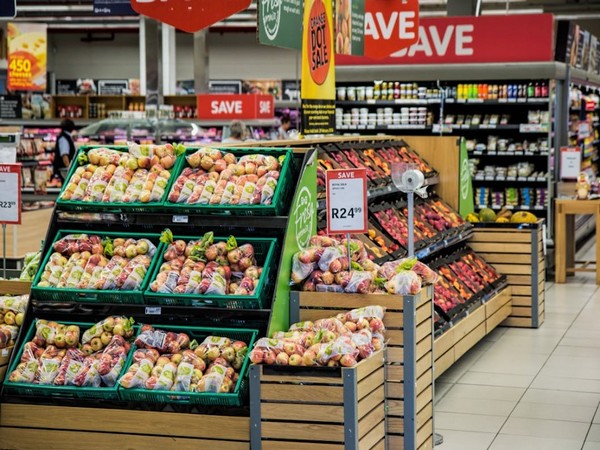The Fast-Moving Consumer Goods (FMCG) sector in India continues to demonstrate resilience and adaptability, with Q1FY25 marked by top-line growth driven primarily by a sustained recovery in rural demand, according to Axis securities report.
Despite facing headwinds such as severe heatwaves in the northern region, heightened competitive intensity, and the impact of the upcoming general elections, most FMCG companies managed to post mid to high single-digit revenue growth.
In Q1FY25, the FMCG sector witnessed robust revenue growth, largely propelled by a recovery in volumes. Rural demand played a pivotal role in this resurgence, supported by a normal monsoon, strategic rural distribution expansion, and the launch of region-specific products.
As a result, rural markets not only matched but exceeded urban growth, reflecting the sector’s deepening penetration in less urbanized areas.
Rural demand has shown steady improvement, with the rural market’s growth trajectory now outstripping that of urban areas. This recovery is underpinned by several factors, including increased government spending, a favourable monsoon, and the anticipation of a robust festive season.
These elements are expected to further fuel rural demand in the coming quarters, reinforcing the sector’s growth prospects. However, the increasing competitive intensity from smaller and regional players presents a challenge that companies must carefully navigate.
After several quarters of strong gross margin expansion, Q1FY25 saw a deceleration in margin growth for most FMCG companies. This slowdown is attributable to the high gross margins recorded in the base period and increased raw material price volatility, particularly in agricultural commodities.
Moreover, higher advertising spending aimed at regaining market share have contributed to a temporary deceleration in EBITDA margin expansion. However, these investments are anticipated to yield long-term benefits, positioning companies for sustained growth in the future.
FMCG companies reported mid to high single-digit revenue growth, driven by volume recovery, especially in rural areas. The normal monsoon, rural distribution expansion, and region-specific product launches were key contributors to this growth.
Companies have indicated that rural demand recovery is expected to continue in the coming quarters, further bolstering their growth outlook.
While gross margin expansion slowed due to a high base and increased raw material prices, EBITDA margins also experienced slower growth as companies ramped up advertising spends. These expenditures are seen as strategic investments that will enhance market share and long-term profitability.
The Indian FMCG sector is on a structural growth trajectory, with significant potential for expansion across several under-penetrated categories, such as shampoos and premium detergents. The ongoing rural penetration further enhances the sector’s growth prospects.
As Indian consumers’ purchasing power increases, there is a noticeable shift towards premium and branded products. In a volatile, uncertain, complex, and ambiguous (VUCA) world, the FMCG sector stands out for offering best-in-class return ratios such as Return on Capital Employed (ROCE), Return on Equity (ROE), and dividend yields. These factors contribute to safeguarding capital over the long term, making the sector an attractive investment option.
The FMCG sector is expected to continue experiencing steady volume recovery, driven by increasing rural demand. However, gross margin expansion may remain muted due to the high base effect and ongoing investments in advertising, delaying overall EBITDA margin recovery.
The medium-term outlook for the FMCG sector is positive, with expectations of improved returns driven by domestic consumption. Rural demand is anticipated to strengthen further, supported by increased government spending, a favourable monsoon, and a strong festive season.
However, raw material prices, particularly in the agro-commodity space, are likely to remain volatile, necessitating careful management by companies. (ANI)












